May calendar to print – As the month of May graces us with its arrival, the need for an organized and visually appealing calendar becomes paramount. In this comprehensive guide, we delve into the world of printable May calendars, exploring their customization options, design elements, and practical applications.
Whether you’re seeking a personalized planner, a decorative wall art, or a functional tool for scheduling, this guide will empower you to create and utilize a May calendar that meets your specific needs.
Monthly Calendar Overview
A monthly calendar is a visual representation of a particular month, typically arranged in a grid format. Each day of the month is represented by a small square or box, arranged in rows and columns. The grid usually includes the days of the week along the top row, and the dates of the month along the left-hand column.Monthly calendars serve various purposes.
They are commonly used for:
- Planning and scheduling:Tracking appointments, events, and deadlines.
- Time management:Visualizing the passage of time and managing tasks effectively.
- Commemoration:Marking important dates, holidays, and anniversaries.
Customization Options
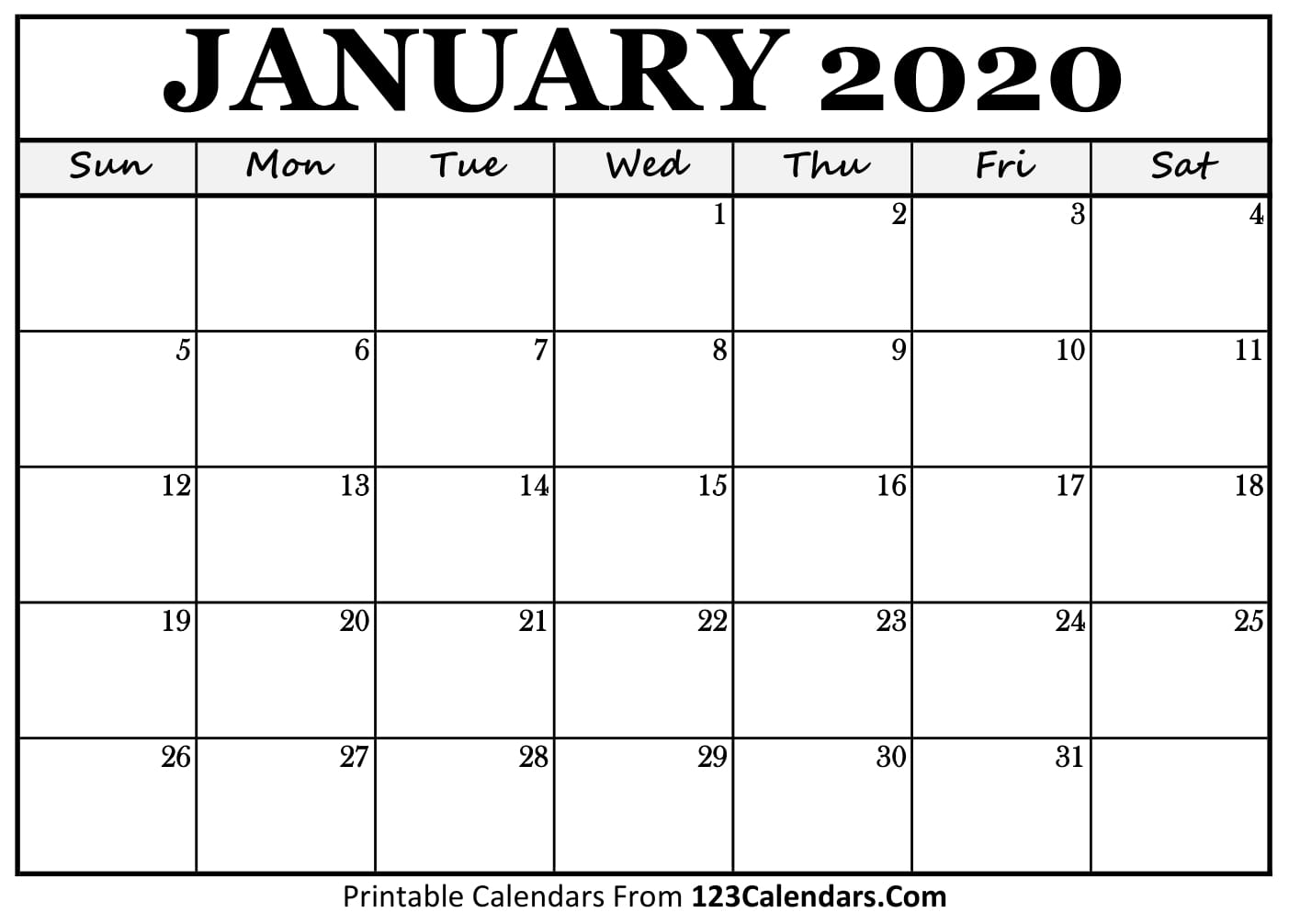
Personalize your calendar to match your preferences and needs with a range of customization options.
Configure the size, orientation, and color scheme to suit your taste and the intended use of the calendar. From compact pocket-sized calendars to large wall-mounted ones, choose the size that best fits your space and requirements.
Adding Personal Touches
Enhance the functionality of your calendar by adding personal touches, such as:
- Notes:Jot down important reminders, to-do lists, or any other information you need to keep track of.
- Events:Mark special occasions, appointments, and deadlines to stay organized and on top of your schedule.
- Appointments:Schedule appointments and meetings, ensuring you don’t miss any important commitments.
Design Elements
The key design elements of a printable calendar include typography, layout, and graphics. Typography refers to the fonts and typefaces used in the calendar, and it can have a significant impact on the overall look and feel of the calendar.
Layout refers to the arrangement of the dates, holidays, and events on the calendar, and it can affect the readability and usability of the calendar. Graphics refers to the images and illustrations used in the calendar, and they can add visual interest and appeal to the calendar.
To create a visually appealing and functional calendar, it is important to consider the following tips:
- Use a clear and legible font that is easy to read.
- Choose a layout that is easy to follow and navigate.
- Use high-quality images and graphics that are relevant to the theme of the calendar.
- Consider using color-coding and symbols to enhance the readability of the calendar.
High-quality images and graphics can add visual interest and appeal to a calendar. They can also be used to convey information, such as the weather or the time of year. When choosing images and graphics for a calendar, it is important to consider the overall theme of the calendar and to select images and graphics that are relevant to that theme.
Examples of Effective Calendar Designs
There are many different examples of effective calendar designs. Some popular designs include:
- Photo calendars: Photo calendars feature a different photo for each month of the year. The photos can be personal photos, photos of nature, or photos of anything else that the user desires.
- Grid calendars: Grid calendars are a simple and straightforward design that features a grid of dates. The dates are typically arranged in a weekly or monthly format.
- Art calendars: Art calendars feature a different work of art for each month of the year. The artwork can be paintings, drawings, or photographs.
The design of a calendar can have a significant impact on its overall effectiveness. By following the tips above, you can create a visually appealing and functional calendar that will be a valuable tool for you and your users.
Printable Formats
Printables can be saved in different formats, each with its own advantages and disadvantages. Here are the most common ones:
- PDF (Portable Document Format):PDFs are a versatile format that can be opened on various devices and operating systems. They preserve the original formatting and layout of the document, making them ideal for printing professional-looking documents. However, PDFs are not easily editable, and they can be large in file size.
- JPEG (Joint Photographic Experts Group):JPEGs are a popular image format that uses lossy compression to reduce file size. They are suitable for printing photos and images, but the compression can lead to some loss of detail and color accuracy.
- PNG (Portable Network Graphics):PNGs are a lossless image format that preserves all the details of the original image. They are larger in file size than JPEGs, but they produce higher-quality prints.
Printing s
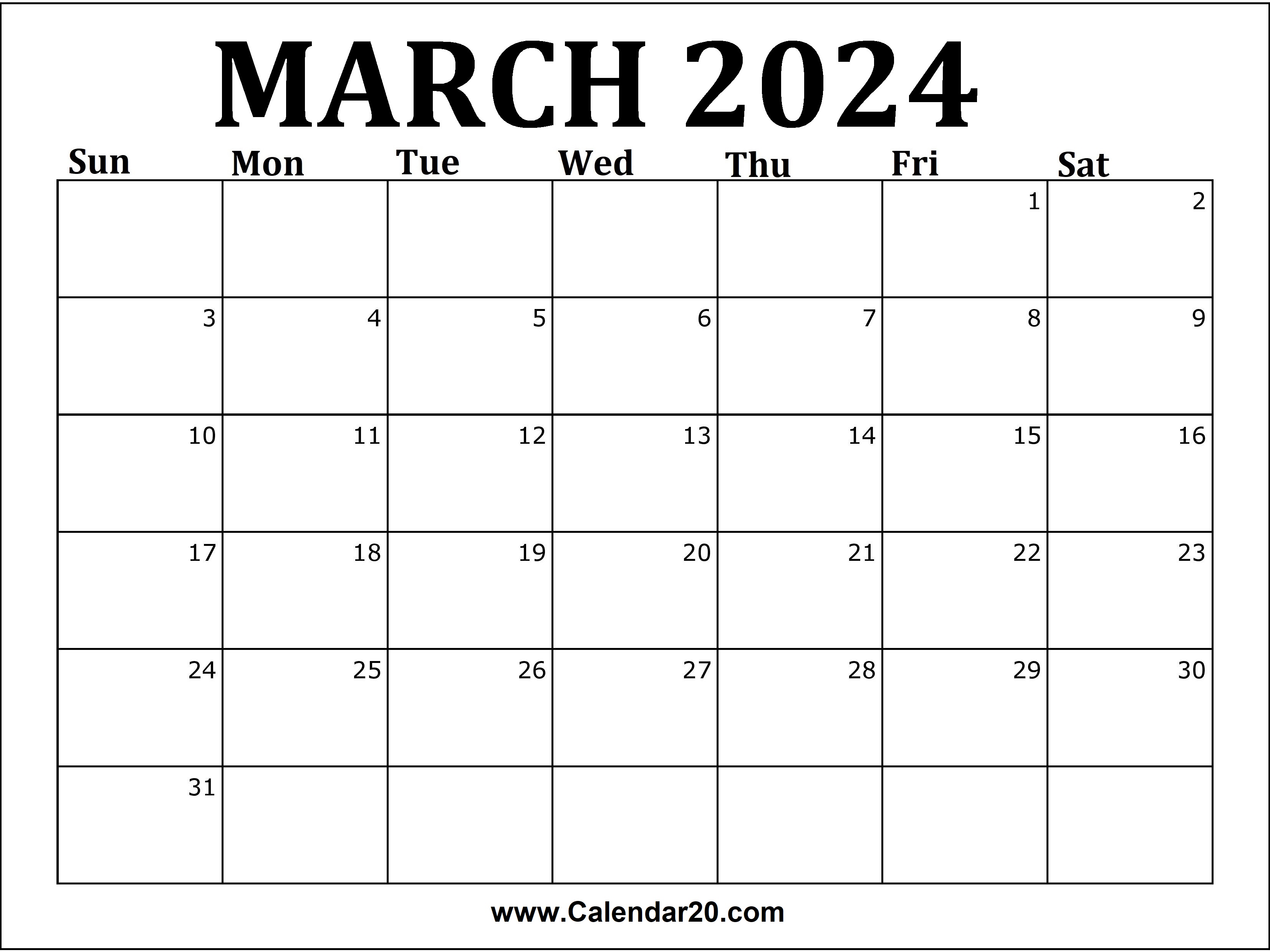
To print the calendar, follow these steps:
1. Open the PDF file in a PDF viewer.
2. Select the “Print” option from the File menu.
3. In the Print dialog box, select the following settings:
- Paper size:Select the paper size that you want to print the calendar on. The recommended paper size is 8.5 x 11 inches.
- Margins:Select the margins that you want to use. The recommended margins are 0.5 inches on all sides.
- Printer settings:Select the printer settings that you want to use. The recommended printer settings are the default settings for your printer.
4. Click the “Print” button to print the calendar.
Special considerations for different types of printers
If you are using a laser printer, you may need to adjust the printer settings to get the best results. The recommended printer settings for laser printers are:
- Paper type:Select the paper type that you are using.
- Print quality:Select the highest print quality setting.
If you are using an inkjet printer, you may need to adjust the printer settings to get the best results. The recommended printer settings for inkjet printers are:
- Paper type:Select the paper type that you are using.
- Print quality:Select the highest print quality setting.
- Ink type:Select the ink type that you are using.
Calendar Templates

Enhance your planning and organization with our comprehensive collection of calendar templates. Choose from a wide variety of designs, each tailored to meet your specific needs and preferences. Download and print these templates to create personalized calendars that keep you on track throughout the year.
Our templates cover a range of months, years, and styles, ensuring you find the perfect fit for your requirements. Explore our table below for a detailed overview of the available templates, including their month, year, and style.
May calendars are essential for planning and organization. To print a May calendar, you can either use a pre-designed template or create your own using a software program. Once you have created your calendar, you can print it using a standard printer.
For more detailed instructions on printing a web page, including specific steps and troubleshooting tips, refer to this comprehensive guide: how to print a web page. With a printed May calendar, you can easily keep track of important dates, appointments, and events.
Template Table, May calendar to print
| Month | Year | Style | Description |
|---|---|---|---|
| January | 2023 | Modern Minimalist | Clean and sleek design with ample space for notes and appointments. |
| February | 2023 | Floral Watercolor | Delicate and feminine design featuring vibrant watercolor florals. |
| March | 2023 | Bold Geometric | Striking and eye-catching design with geometric patterns. |
| April | 2023 | Nature Photography | Tranquil and inspiring design showcasing stunning nature photography. |
| May | 2023 | Hand-drawn Illustration | Whimsical and charming design featuring original hand-drawn illustrations. |
Visit our dedicated page to download these templates and access additional information and resources related to each template. Customize your calendars with ease and create a planning system that meets your unique needs.
Digital Calendar Integration
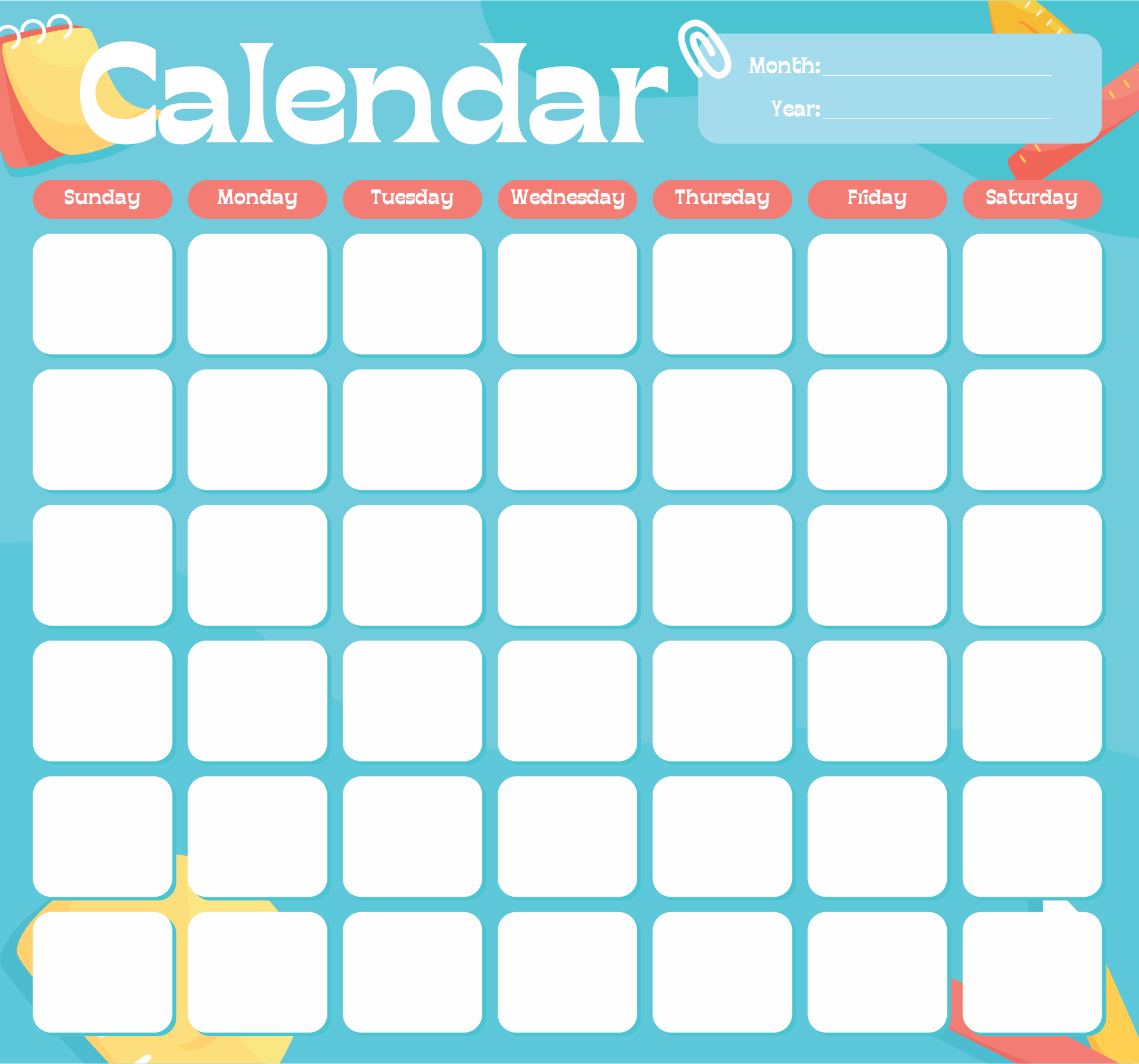
Integrating your printed calendar with digital calendars like Google Calendar or Apple Calendar can enhance your productivity and organization. Syncing events and appointments across devices allows you to access and manage your schedule seamlessly from anywhere.
To set up the integration, follow these steps:
Step-by-Step Instructions
- Open your digital calendar app.
- Click on the “Settings” menu.
- Select the “Integrations” tab.
- Click on the “Add a new integration” button.
- Select the “Printed Calendar” integration.
- Enter the URL of your printed calendar.
- Click on the “Save” button.
Once integrated, you can view your printed calendar events in your digital calendar and vice versa. This allows you to create, edit, and delete events from either platform and have the changes reflected in both places.
Integrating printed and digital calendars offers several benefits:
- Improved productivity: Accessing your schedule from multiple devices saves time and reduces the risk of missing appointments.
- Enhanced organization: Having all your events in one place makes it easier to stay organized and avoid double-booking.
- Increased flexibility: Syncing your calendars allows you to make changes on the go and have them updated across all your devices.
However, there are potential challenges and limitations to consider:
- Compatibility: Not all printed calendars are compatible with digital integration.
- Data security: Ensure the integration method you choose is secure to protect your sensitive calendar data.
- Synchronization issues: Occasionally, there may be delays or errors in syncing between printed and digital calendars.
To troubleshoot common integration issues, try the following:
- Check the internet connection on all your devices.
- Ensure the URL of your printed calendar is correct.
- Restart your digital calendar app.
- Contact the support team of your digital calendar provider.
Overall, integrating your printed calendar with a digital calendar can significantly improve your productivity and organization. By following the steps Artikeld above, you can seamlessly sync your events and appointments across devices and enjoy the benefits of having your schedule at your fingertips.
Use Cases
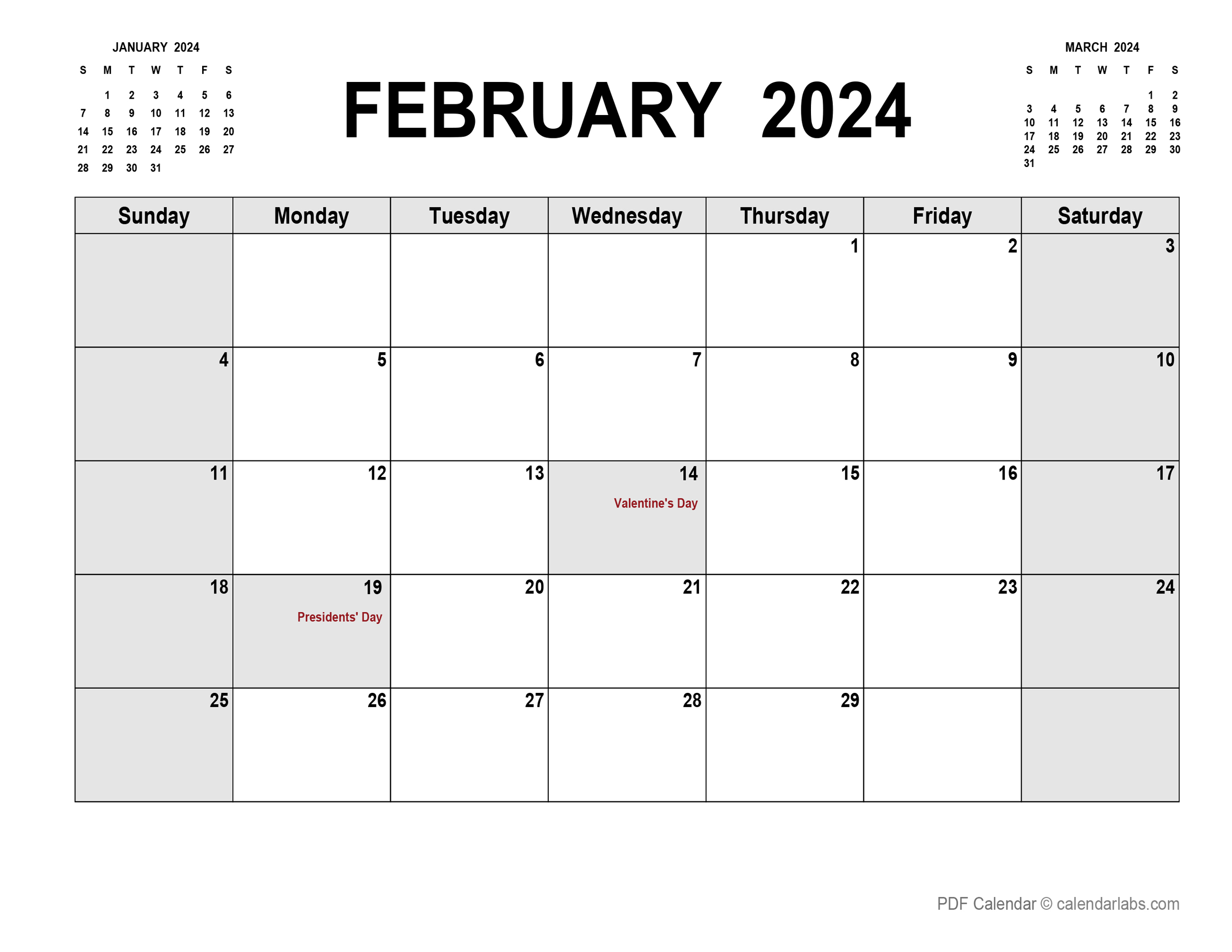
Printable calendars offer a convenient and versatile tool for organizing and scheduling tasks, events, and appointments. They can be used in various settings, including homes, offices, and schools, providing a physical reference point for tracking time and managing responsibilities.
In the home, printable calendars serve as a central hub for family activities, appointments, and reminders. They can be placed on walls, refrigerators, or desks, allowing family members to easily coordinate schedules and stay informed about upcoming events. Calendars can also be used to track important dates, such as birthdays, anniversaries, and holidays, ensuring that special occasions are not forgotten.
Office Use
In the office, printable calendars help professionals manage their busy schedules and stay organized. They can be used to track appointments, meetings, deadlines, and project timelines. By having a physical calendar on their desks or in their workspaces, professionals can quickly and easily view their schedules, identify conflicts, and plan accordingly.
Calendars can also be used to set reminders and track progress on important tasks, ensuring that nothing slips through the cracks.
School Use
In schools, printable calendars play a crucial role in helping students and teachers stay organized and on top of their academic responsibilities. Students can use calendars to track assignments, exams, and project deadlines, ensuring that they are well-prepared for upcoming assessments.
Teachers can use calendars to plan lessons, schedule parent-teacher conferences, and keep track of student attendance and progress. Calendars can also be used to communicate important school events, such as field trips, assemblies, and extracurricular activities, to parents and students.
– Showcase examples of beautifully designed calendars to inspire users.

Calendars have come a long way since their humble beginnings as simple tools for tracking time. Today, they are works of art that can be used to decorate any home or office. If you are looking for a way to add a touch of style to your life, consider getting a beautifully designed calendar.
There are many different types of beautifully designed calendars available, so you are sure to find one that fits your taste. Some popular options include:
- Art calendars:These calendars feature stunning works of art from famous and emerging artists.
- Nature calendars:These calendars showcase the beauty of the natural world, with photos of landscapes, animals, and plants.
- Historical calendars:These calendars feature photos or illustrations of historical events and figures.
- Personalized calendars:These calendars can be customized with your own photos or text, making them a great way to commemorate special occasions or remember loved ones.
Historical Evolution of Calendars
Calendars have played a vital role in human civilization, allowing us to measure time and organize our lives. The history of calendars is long and fascinating, with different cultures developing their own unique systems for tracking the passage of time.
The earliest known calendars date back to ancient Egypt and Mesopotamia, where they were used to track the agricultural seasons and religious festivals. These early calendars were based on the lunar cycle, with months beginning with the new moon. However, lunar calendars are not very accurate, as the moon’s cycle is slightly shorter than 30 days.
This led to the development of solar calendars, which are based on the Earth’s orbit around the sun.
The Gregorian Calendar
The most widely used calendar today is the Gregorian calendar, which was introduced by Pope Gregory XIII in 1582. The Gregorian calendar is a solar calendar with 12 months, each containing either 28, 30, or 31 days. The year is divided into four seasons: spring, summer, autumn, and winter.
The Gregorian calendar is very accurate, and it is used in most countries around the world.
Cultural Significance of Calendars: May Calendar To Print
Calendars hold profound cultural significance, deeply entwined with the values, traditions, and practices of societies worldwide. They serve as a framework for organizing time, shaping cultural beliefs, and influencing the rhythm of social life.
Cultural Values and Traditions
Calendars embody cultural values such as the importance of time, order, and predictability. They reflect cultural traditions, including religious holidays, festivals, and seasonal events. For instance, the Gregorian calendar, widely adopted globally, aligns with Christian traditions and incorporates holidays like Christmas and Easter.
Cultural Practices and Beliefs
Calendars influence cultural practices, including farming, hunting, and trade. They shape cultural beliefs about the nature of time and the cosmos. For example, the Mayan Long Count calendar reflected a cyclical view of time, influencing their understanding of history and destiny.
Organization of Time and Social Life
Calendars structure the organization of time in different cultures. They impact social life, including work schedules, leisure activities, and community events. The Gregorian calendar, with its weekly cycle, influences workdays, weekends, and the timing of social gatherings.
Cross-Cultural Comparisons
Comparing calendars across cultures reveals similarities and differences in how they reflect cultural values, traditions, and practices. For instance, while the Gregorian calendar emphasizes a linear progression of time, the Chinese lunisolar calendar combines lunar and solar cycles, reflecting a more cyclical view.
Table Structure for Calendar
A table is an effective way to organize and display calendar data, allowing users to view and interact with events in a structured format.
To create a calendar table, follow these steps:
Creating the Table
- Create a table with the following columns: Month, Days of the Week, Dates, and Events.
- Populate the table with data for a specific month and year.
- Format the table with alternating row colors for easy readability.
Adding Features
- Add a filter option to search for events by date or .
- Provide a button to export the table as a CSV file.
Example of Calendar with Bullet Points
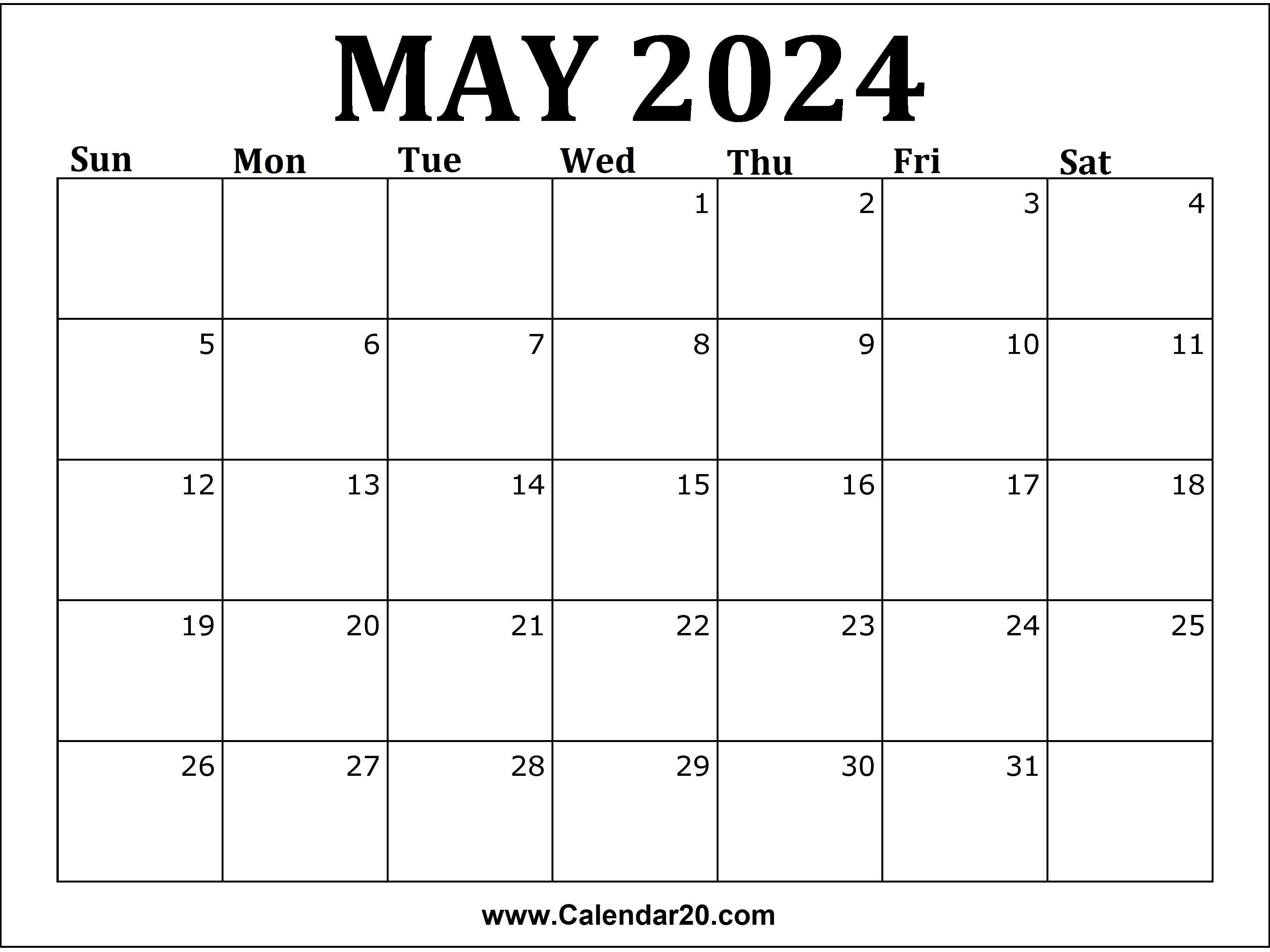
A calendar with bullet points can be a useful way to keep track of events and appointments. Each day of the month can have a list of bullet points, which can include tasks, reminders, or other important information.
Customizable Bullet Points
This type of calendar allows for a high level of customization. Users can choose the size, color, and style of the bullet points, as well as the font and background color of the calendar. This makes it easy to create a calendar that matches the user’s personal style and preferences.
Additional Features
In addition to bullet points, many calendars also offer other features, such as:* Notes section:This section can be used to write down additional information about an event or appointment.
Reminder system
May calendars to print offer a convenient way to stay organized and track important dates. For those interested in customizing their calendars with unique designs, learning how to make screen print transfers can be a valuable skill. Screen printing involves transferring designs onto various surfaces, including paper.
By following the steps outlined in how to make screen print transfers , you can create personalized may calendars to print that reflect your style and preferences.
This system can be used to set up reminders for upcoming events or appointments.
Synchronization with other devices
This feature allows users to access their calendar from multiple devices, such as their computer, smartphone, or tablet.
– Create a calendar with a blockquote for each day, where the blockquote is formatted as follows
To create a calendar with a blockquote for each day, follow these steps:
Using HTML tags
- Use `
` and `
` tags to create the blockquote.
- Include a header within the blockquote that displays the date for the day, using the `
` tag.
- Within the blockquote, include a detailed description of events or appointments for the day, including time, location, and additional notes.
Ensuring visual appeal and readability
- Use clear and concise language.
- Use a consistent font and color scheme.
- Make sure the calendar is easy to navigate.
Allowing users to navigate between different months and years
- Include a navigation bar that allows users to select the desired month and year.
- Use a drop-down menu or a set of buttons for navigation.
Including a feature that allows users to add and edit events or appointments
- Provide a form that allows users to enter the details of the event or appointment.
- Include buttons that allow users to save, edit, and delete events or appointments.
FAQ Explained
What are the benefits of using a printable May calendar?
Printable May calendars offer numerous benefits, including customization, portability, and cost-effectiveness. They allow you to tailor the calendar to your specific needs, carry it with you wherever you go, and print multiple copies without breaking the bank.
How can I customize my printable May calendar?
Most printable May calendars come with customizable features, such as the ability to add your own events, appointments, and notes. You can also choose from a variety of templates, fonts, and colors to create a calendar that matches your personal style.
What are some creative ways to use a printable May calendar?
Beyond its practical use for scheduling, a printable May calendar can serve as a creative outlet. Use it as a mood tracker, a gratitude journal, or a visual representation of your goals and aspirations. Get creative and find ways to make your calendar a reflection of your personality and interests.